Of course, key infrastructure was damaged: in some areas, 90 per cent of homes were destroyed. Farming, fishing and small scale commercial activities were severely hit, depriving people of livelihoods and income. For instance, the Grand’Anse and Sud departments have seen 70 and 100 per cent of crops being destroyed.
Three months after the disaster, people in the most affected areas still need immediate help to meet their basic needs, and, not less urgently, access to new opportunities to make a sustainable living. While the humanitarian response is still gathering pace, rehabilitation and recovery must also start immediately to reduce dependence on relief.
[mc4wp_form id=”6042″]
Drawing on the lessons of the 2010 earthquake, our post-Matthew response was designed and is being implemented in close partnership with national and local authorities. Here is a snapshot of what UNDP has done since October:
1. Our disaster risk reduction efforts – which started prior to the Hurricane – demonstrated their usefulness. For example, in Dame Marie (one of the most severely affected municipalities), not a single life was lost during the passage of Matthew. Gilbert Jean, the mayor of Dame Marie, actually told us that our disaster preparedness trainings conducted with the Haitian government contributed significantly to saving lives. At UNDP, we will continue to address and prioritize the very conditions that make poor people vulnerable to climate and disaster risks. Over the past three months, we used the multi-hazard risks maps we developed in the department of Grand’Anse to support the local government to plan reconstruction during the recovery phase. The maps help to show where it is safe to build and, as important, those areas that should be avoided. We will also continue to train local authorities in building back better, in a safer manner that takes into account environmental considerations.
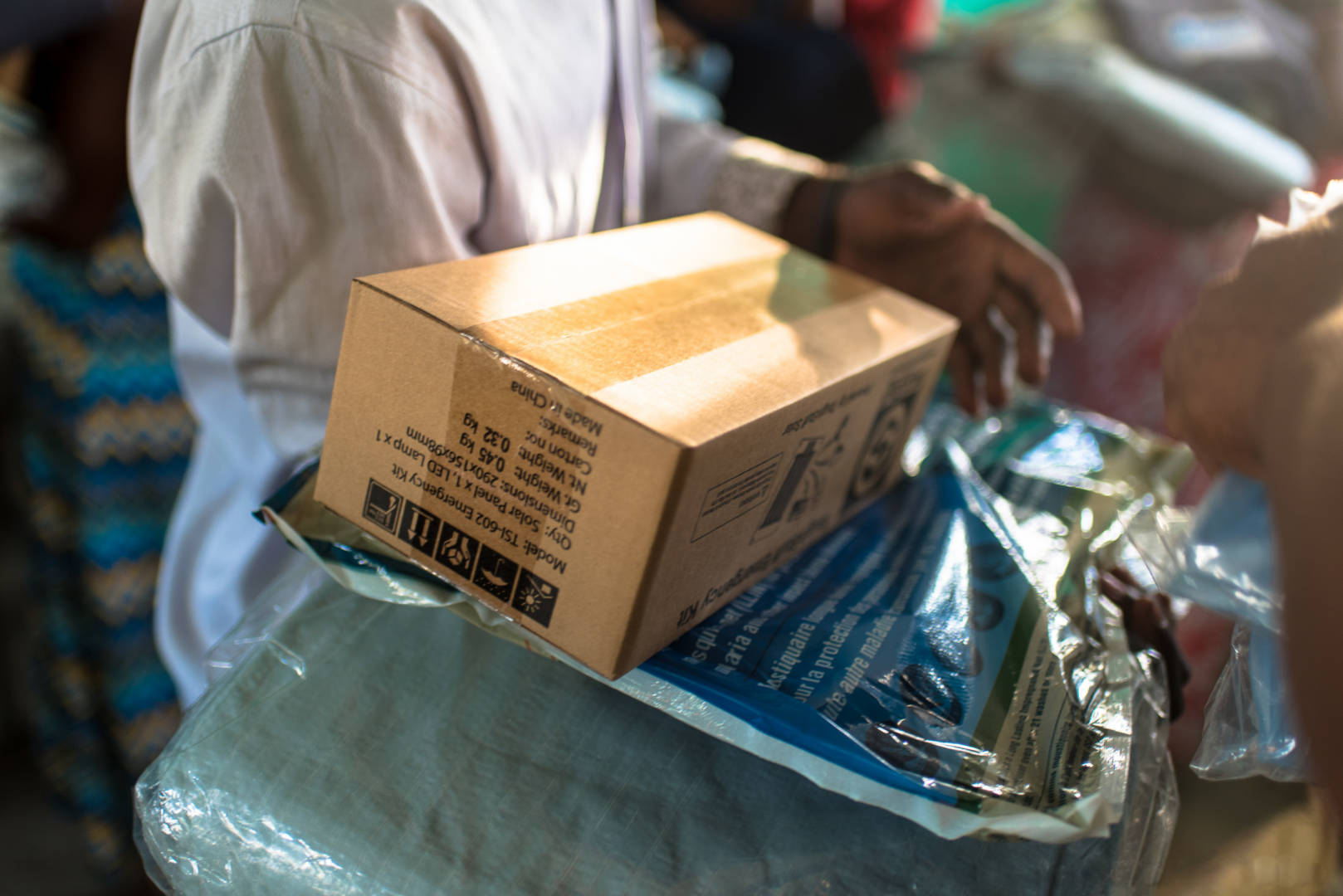 Photo | ©2016 Guy Vital-Herne/World Vision
Photo | ©2016 Guy Vital-Herne/World Vision
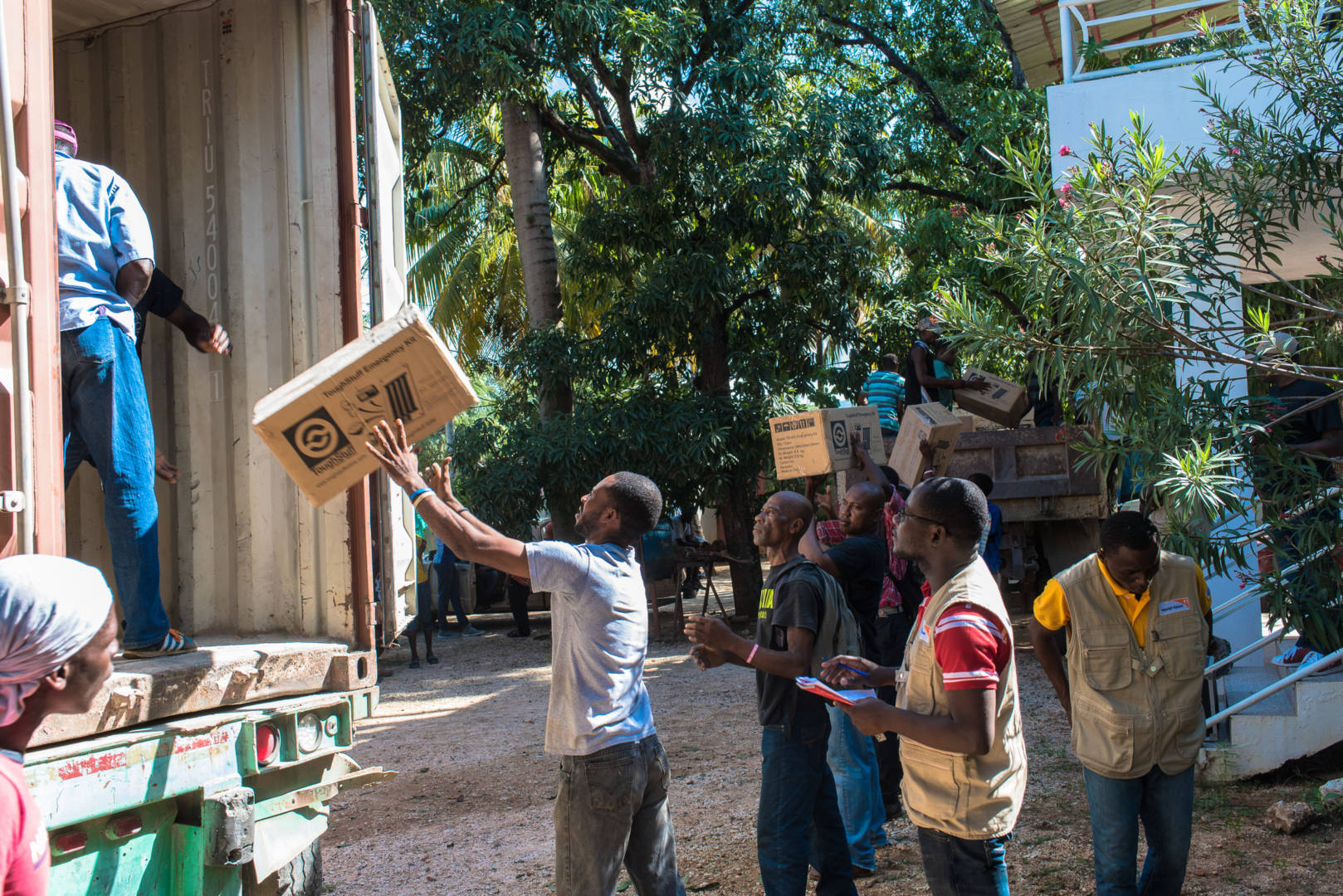 Photo | ©2016 Guy Vital-Herne/World Vision
Photo | ©2016 Guy Vital-Herne/World Vision
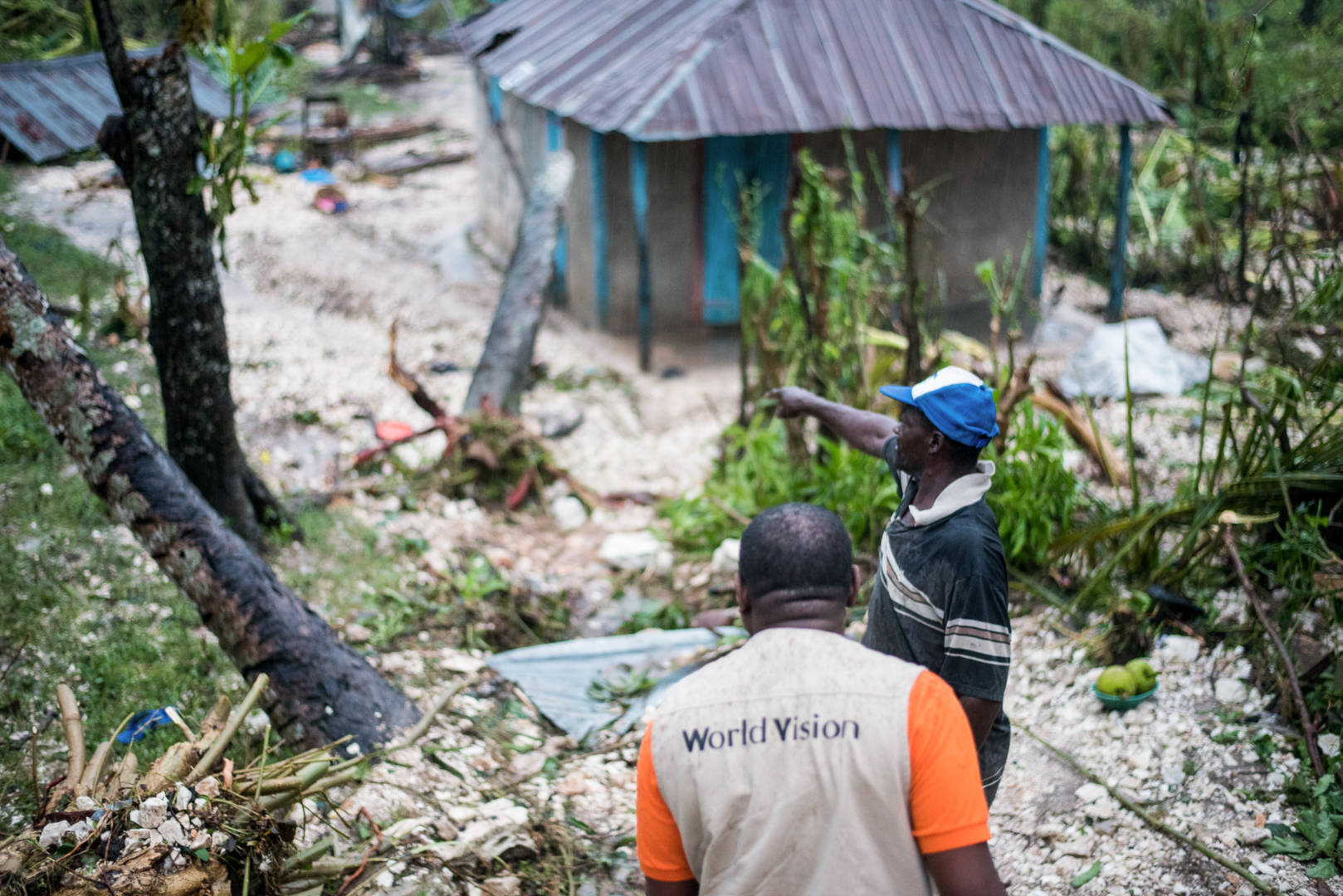 Photo | ©2016 Guy Vital-Herne/World Vision
Photo | ©2016 Guy Vital-Herne/World Vision
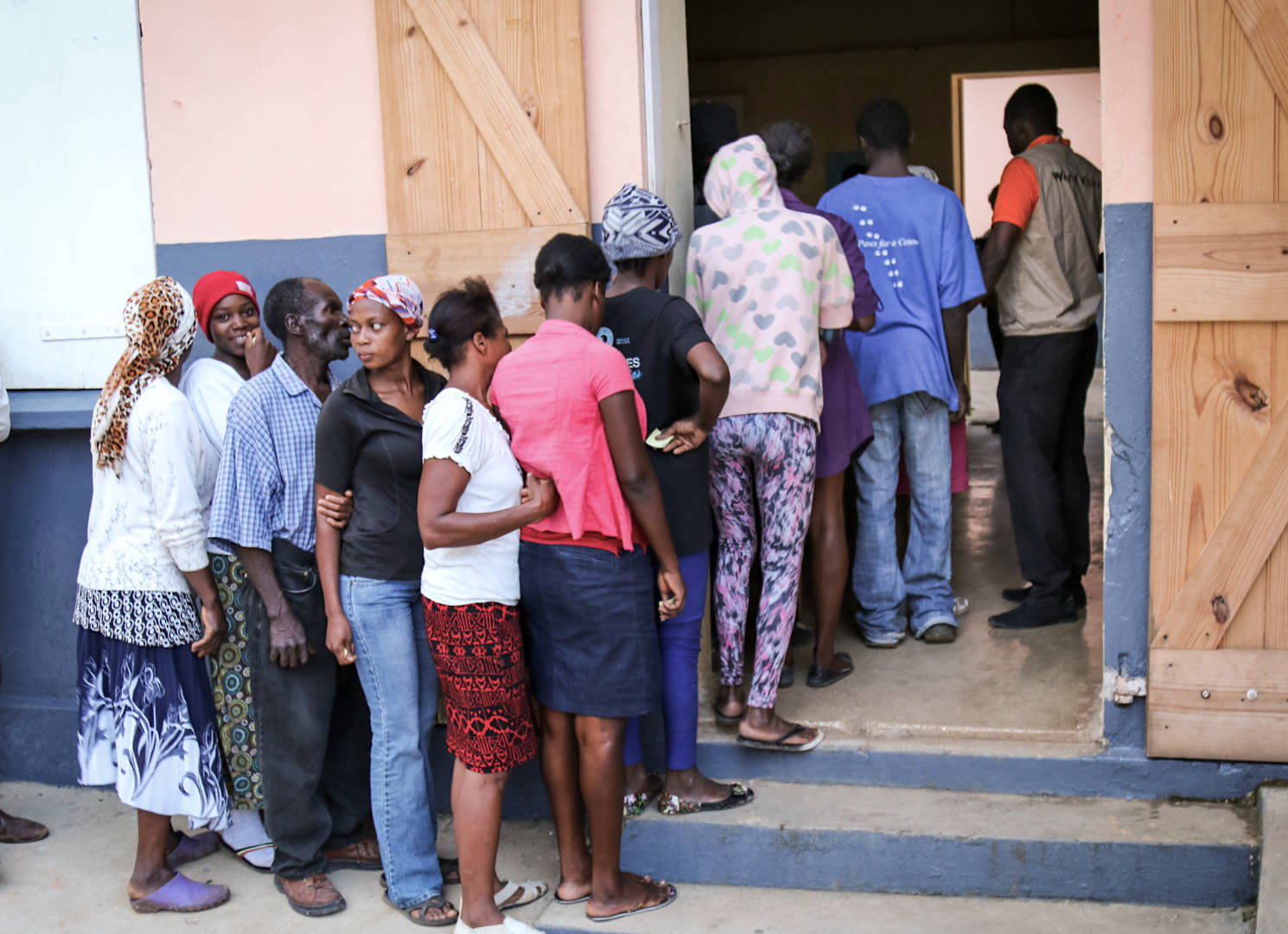 Photo | ©2016 Santiago Mosquera/World Vision
Photo | ©2016 Santiago Mosquera/World Vision
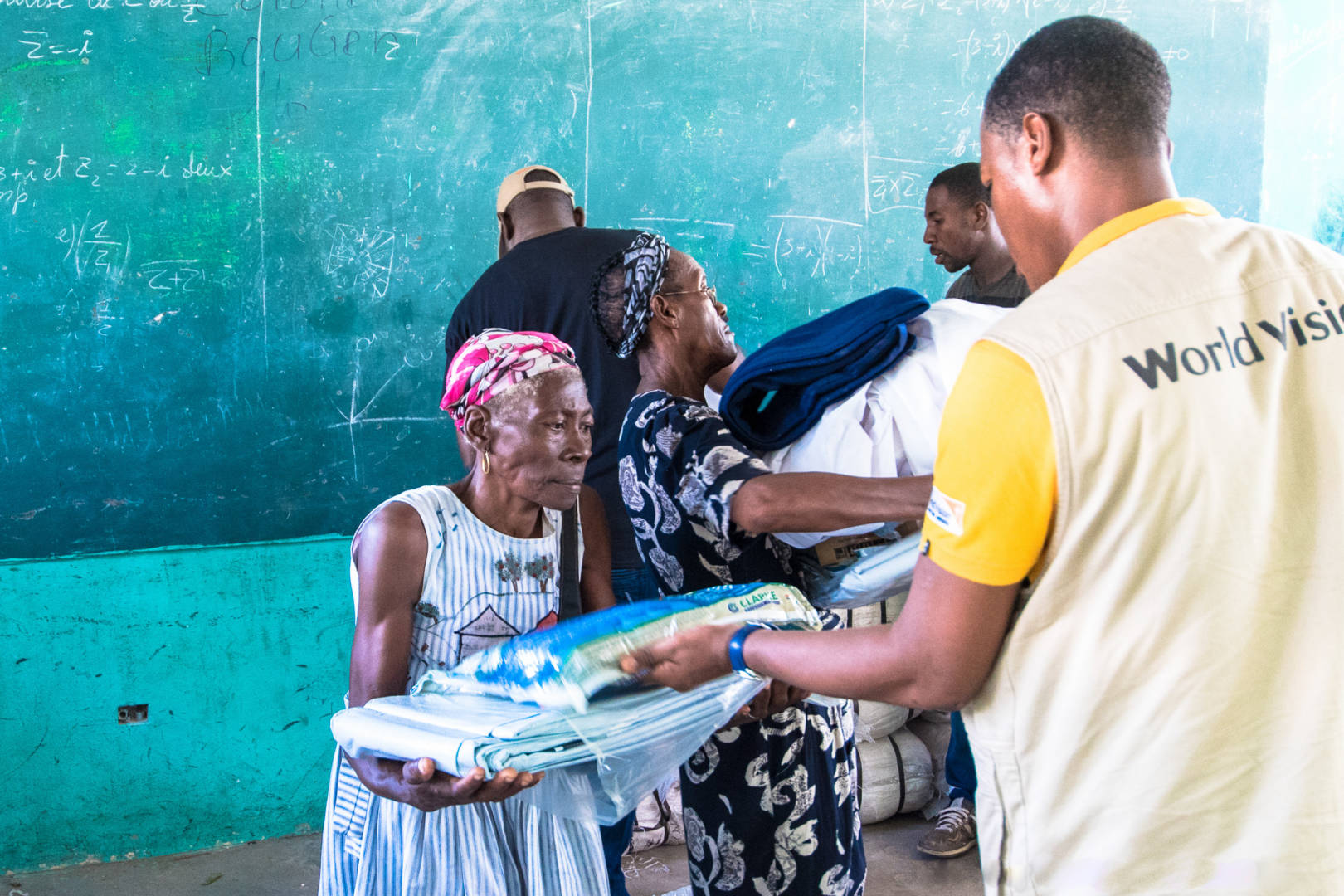 Photo | ©2016 Santiago Mosquera/World Vision
Photo | ©2016 Santiago Mosquera/World Vision
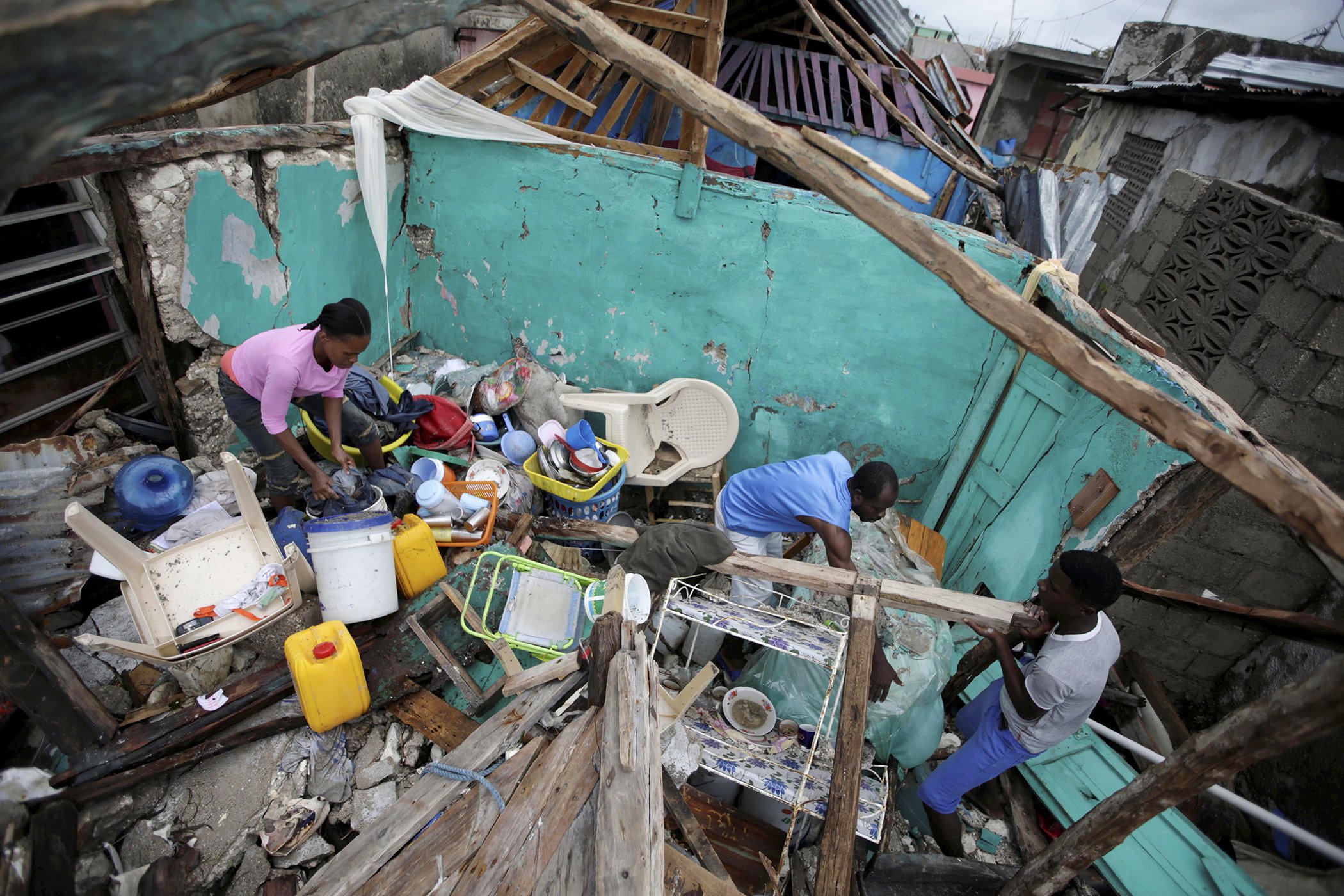
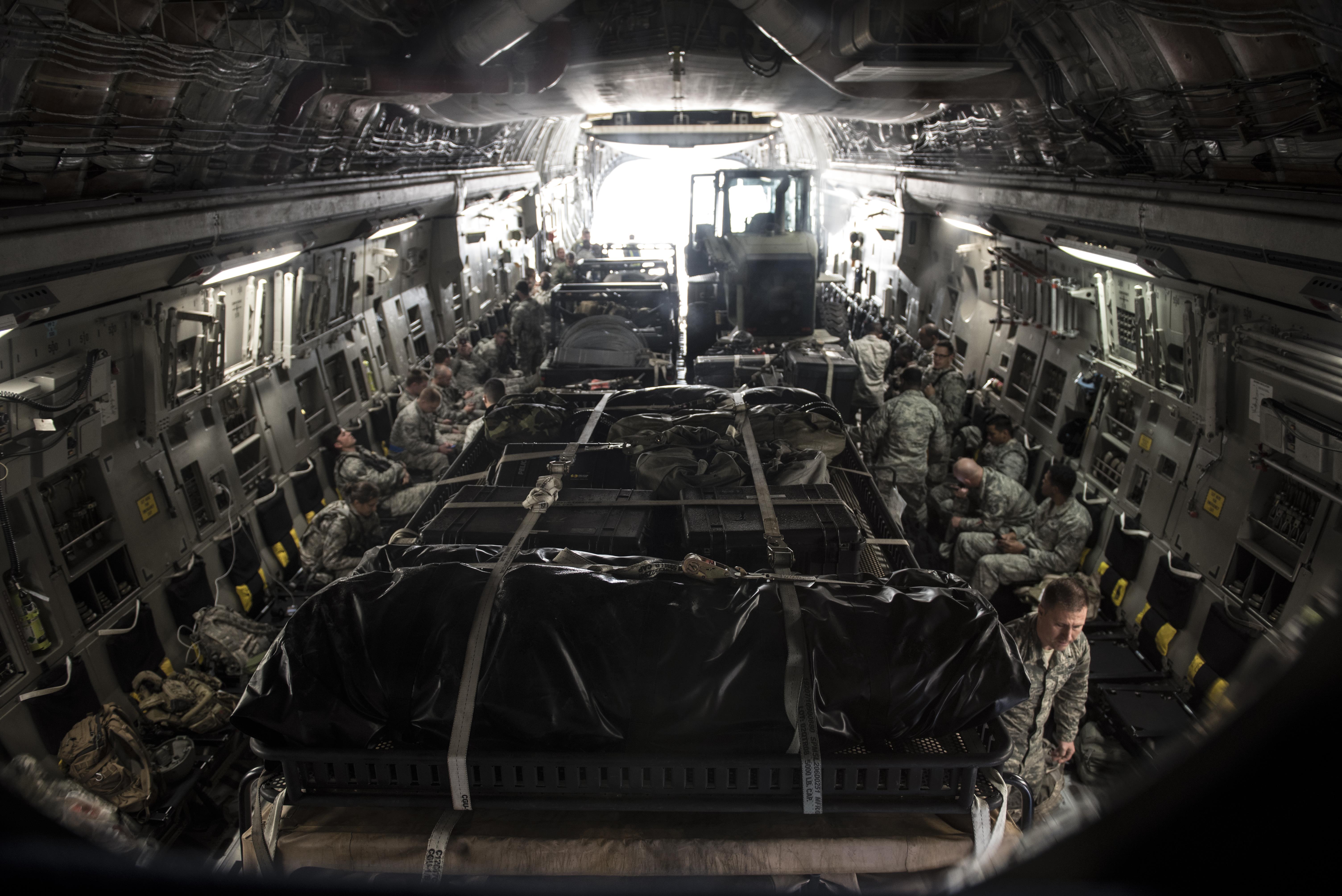
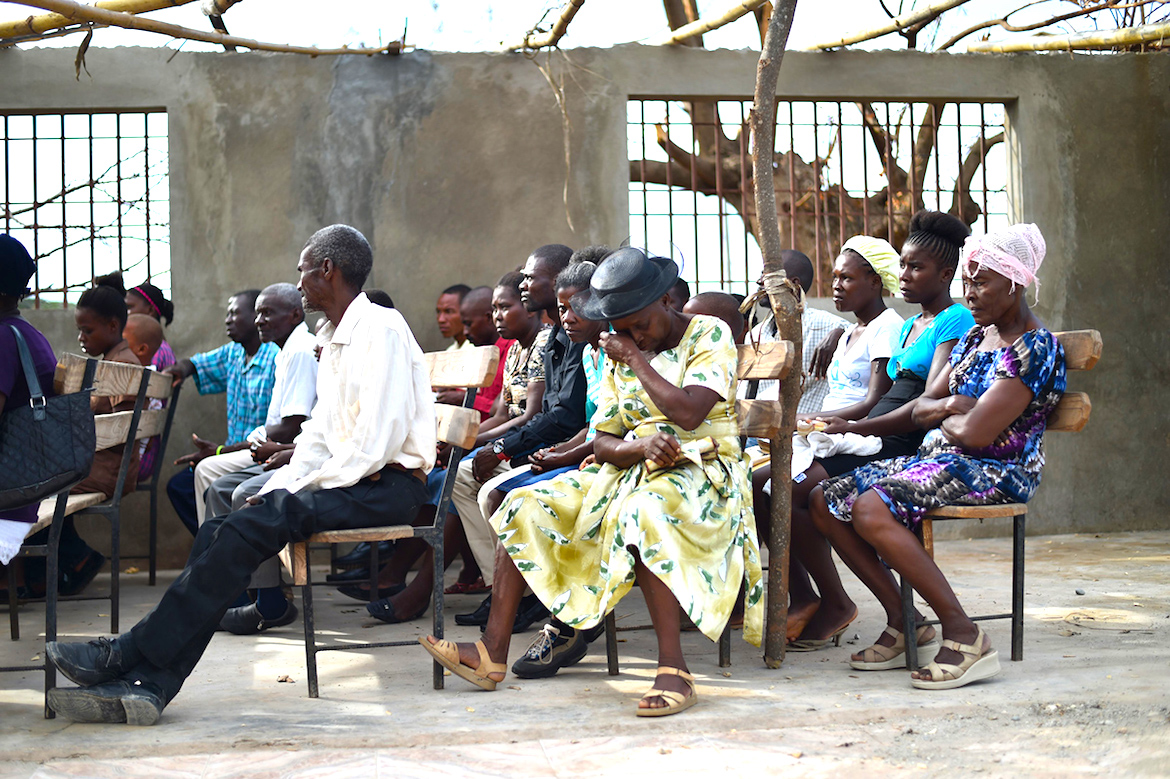 Photo | HECTOR RETAMAL/AFP/Getty Images
Photo | HECTOR RETAMAL/AFP/Getty Images
Haiti, officially the Republic of Haiti (French: République d’Haïti; Haitian Creole: Repiblik Ayiti), is a sovereign state located on the island of Hispaniola in the Greater Antilles archipelago of the Caribbean Sea. It occupies the western three-eighths of the island, which it shares with the Dominican Republic. Haiti is 27,750 square kilometres (10,714 sq mi) in size and has an estimated 10.6 million people, making it the most populous country in the Caribbean Community (CARICOM) and the second-most populous country in the Caribbean as a whole.
The region was originally inhabited by the indigenous Taíno people. Spain first discovered the island on 5 December 1492 during the first voyage of Christopher Columbus across the Atlantic. When Columbus initially landed in Haiti, he had thought he had found India or Asia. On Christmas Day 1492, Columbus’ flagship the Santa Maria ran aground north of what is now Limonade. As a consequence, Columbus ordered his men to salvage what they could from the ship, and he created the first European settlement in the Americas, naming it La Navidad after the day the ship was destroyed.
The island was named La Española and claimed by Spain, which ruled until the early 17th century. Competing claims and settlements by the French led to the western portion of the island being ceded to France, which named it Saint-Domingue. The development of sugarcane plantations, worked by slaves brought from Africa, led to the colony being among the most lucrative in the world.
In the midst of the French Revolution (1789–1799), slaves and free people of colour revolted in the Haitian Revolution (1791–1804), culminating in the abolition of slavery and the defeat of Napoleon Bonaparte’s army at the Battle of Vertières. Afterward the sovereign nation of Haiti was established on 1 January 1804 – the first independent nation of Latin America and the Caribbean, the second republic in the Americas, the only nation in the western hemisphere to have defeated three European superpowers (Britain, France and Spain), and the only nation in the world established as a result of a successful slave revolt. The rebellion that began in 1791 was led by a former slave and the first black general of the French Army, Toussaint Louverture, whose military genius and political acumen transformed an entire society of slaves into an independent country. Upon his death in a prison in France, he was succeeded by his lieutenant, Jean-Jacques Dessalines, who declared Haiti’s sovereignty and later became the first Emperor of Haiti, Jacques I. The Haitian Revolution lasted nearly a decade; and apart from Alexandre Pétion, the first President of the Republic, all the first leaders of government were former slaves. The Citadelle Laferrière is the largest fortress in the Americas. Henri Christophe – former slave and first king of Haiti, Henri I – built it to withstand a possible foreign attack. (Wikipedia).

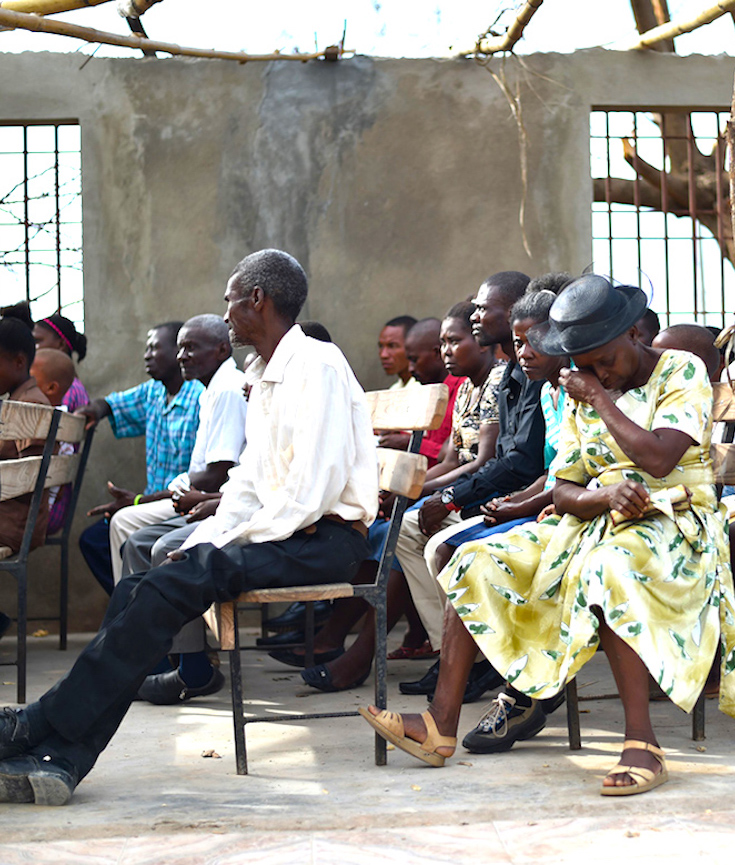
You must be logged in to post a comment.